School’s out for summer and this is the perfect walk to do with kids, with a couple of playgrounds and a café for refreshments en route. Here guest writer Peter Hall takes us on his Green Line walk part 6, through three very different Croydon parks – from the wilds of South Norwood Country Park, through the more manicured Ashburton Park to the wonderfully surprising Addiscombe Railway Park – starting at Elmers End and ending at Addiscombe tram stop.
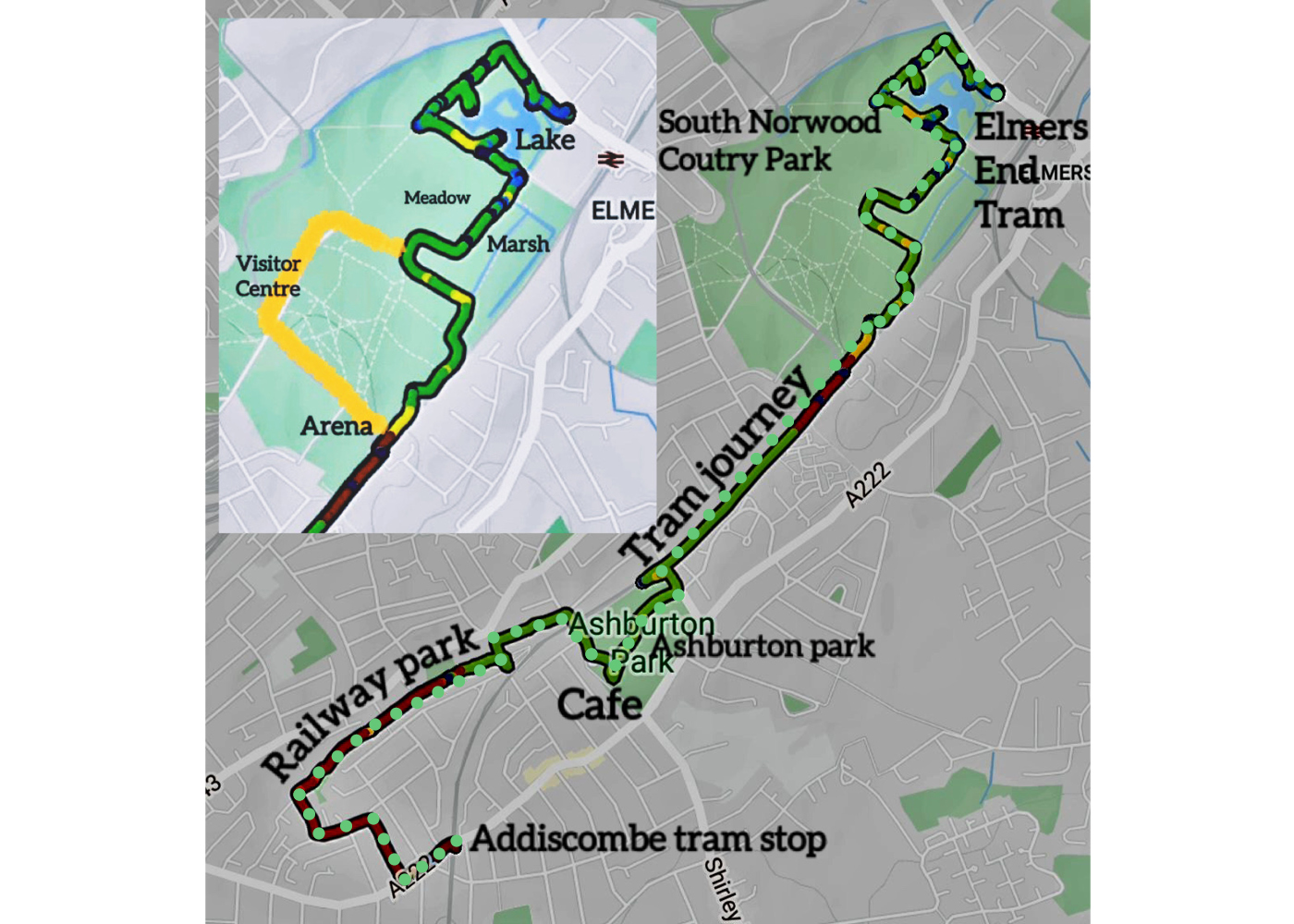
I believe that the tram line is one of Croydon’s greatest assets. The green logo and livery is so appropriate for a route which connects the town centre to many beautiful natural environments and makes nature accessible to all in our borough. I have been travelling the length of the line for several years, with my camera at my side. This walk starts at the end of the Elmers End branch and guides you through three very different beautiful parks to reach the Addiscombe Tram Stop.
On leaving the tram from the Elmers End terminus, exit at street level, turn left via the ticket office or side gate, walk up the access road to join the main road, and continue in the same direction, reaching the entrance to South Norwood Country Park on your left within a just a few yards.
South Norwood Park is a truly wild nature reserve which includes a lake, marsh land, wild meadows and numerous paths for you to explore. It has an interesting history – once the grounds of a Manor House, then a sewage farm, then a dumping ground for World War Two rubble, but now I think it has found its true purpose as a home for nature which is accessible to all. It is a great asset for a London Borough.
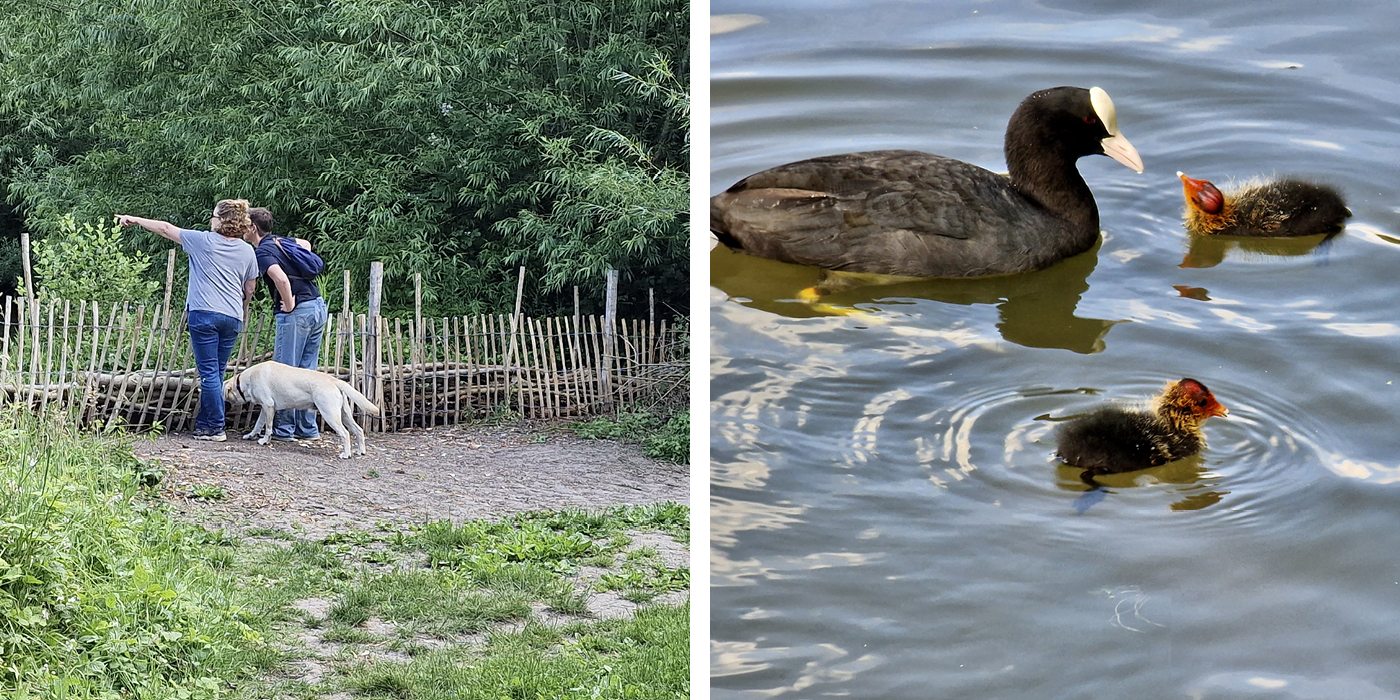
When you enter by the Elmers End gate, you are immediately plunged into a lightly wooded area and quickly arrive at a T junction where there is a path which circumnavigates the lake. Turn right to go round the lake counter clockwise. You will shortly come to a path on your left taking you to the first of four viewing areas. From this spot, you will get a good view of the lake with an island opposite you and plenty of waterfowl will swim over, hoping to be fed. In some ways, this most accessible of viewing spots, is the busiest and least attractive. Walk on around the circular route (taking a left turn when you get to a junction) and emerge from the woodland to six-foot bushes on both sides of the track. In this warm and sunny spot, you will see butterflies and plenty of other insect life. The track opens out into a meadow. On the right, there is an area where new saplings have been planted, hopefully creating a varied wooded area for the future. You will soon come to another track on the left heading to the pond and another viewing area. I found this one to be somewhat less visited, and offered the best views of nesting birds, and birds with fledglings in tow. The photographs of moorhen ducklings were taken here. Return to the circular path and continue, taking a left-hand fork when it is available. Shortly after taking that fork, you will encounter another quite narrow track with very tall bushes on either side, giving you the illusion of cutting through the jungle before eventually reaching the third, most secluded, viewing point. Finally, returning to the circular track you will quickly encounter the last, least secluded viewing point which is on the circular track itself. By then you should have had opportunities to photograph and feed all the ducks in this beautiful pond!
After a very short walk on the circular path, you come to a crossroads of paths. We leave the lake here and turn sharp right, which takes you immediately into an area with wetlands on the left and a wildflower meadow on the right. The wetlands are a rich habitat of trickling streams and ponds, reed beds and bright yellow flowers called Yellow Flag. In this area, gold finches are abundant as they love feeding on the reeds. The wildflower meadow is also a haven for wildlife – you will see butterflies and small birds darting across the field. This area is not very accessible to you, but in the middle, there was once a Manor House, but sadly nothing is left above ground. From the air, the outline of a building is apparently visible.
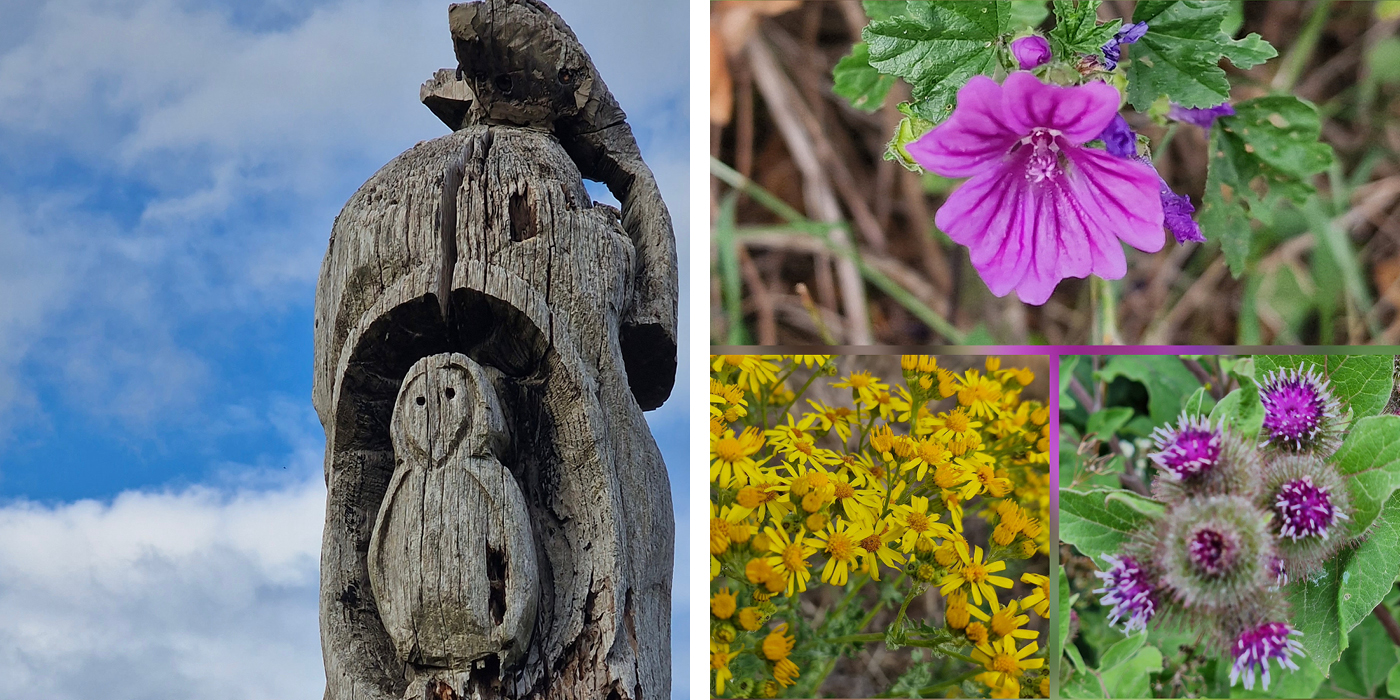
At the end of the marsh area, you reach a junction. Turn right, and after a short while there will be a track on the left. If time is short take the left track, it will take you to an open meadow, rich in wildflowers. Cross this and head for the very visible Arena in the corner of the park. However, if you have the time to wander, walking straight on at the junction and turning left at the next junction will take you past some of the wildest areas in the park. When I visited it was buzzing with crickets and ablaze with bright yellow ragwort and the purples of Burdock and Marshmallows. You will reach the visitor centre, which is a bit of a let-down, having been damaged in an arson attack several years ago and still awaiting repair. Nature seems to be reclaiming it! There was a weather-worn totem pole, an entrance sign, overgrown with wildflowers and I saw a fox prowling round the fenced-off grounds! Walk along the exit road until you reach the tram line to Beckenham Junction. On the left is a footpath which follows the line and will lead you back to the Arena.
The Arena is an area of high ground, amazingly, built out of the rubble from homes which were bombed in World War Two. Its size is testimony to the hammering suffered by Croydon. I recommend that you catch the tram here for just one stop, taking you to Woodside. However, you can use Google Maps for the short walk to Woodside tram stop via a maze of residential streets.
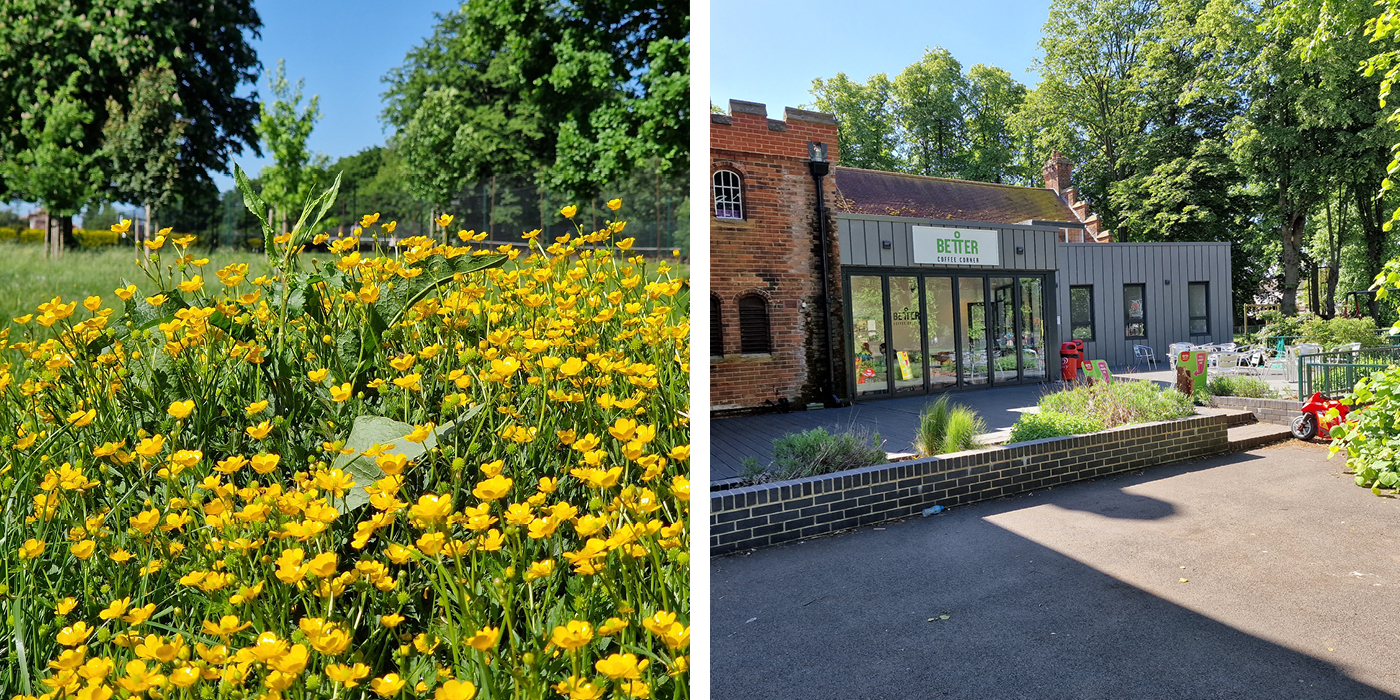
When you exit at Woodside a path leading from the Croydon-bound line takes you up to the main road and the entrance to Ashburton Park. Ashburton is completely different to the park you have come from. It is a wide open, cut grass expanse with imposing avenues of Beach and Oak on both sides and a red brick building at the far end. The building known as Ashburton Hall has a distinctive arched cloister which is a flavour of its former use as a convent. I am pleased to see that it has been fully renovated and brought back into use. There are three meeting rooms which are being let out to local organisations and a new café which offers indoor and outside tables, ice creams, drinks, and snacks. This is a great place to take a rest on this walk!
When refreshments are over, walk away from the café. On your right you will see the bowls club building and maybe a game in progress on the carefully tended lawn. Leave via the path on the right which takes you over the tramline. Turn immediately left, down Elmers Road, and walk the short distance to the end of that road. At the end, on your right, you may want to pause to admire one of Croydon’s oldest buildings – number 2 Wood Lane is a large 18th century house currently being restored.
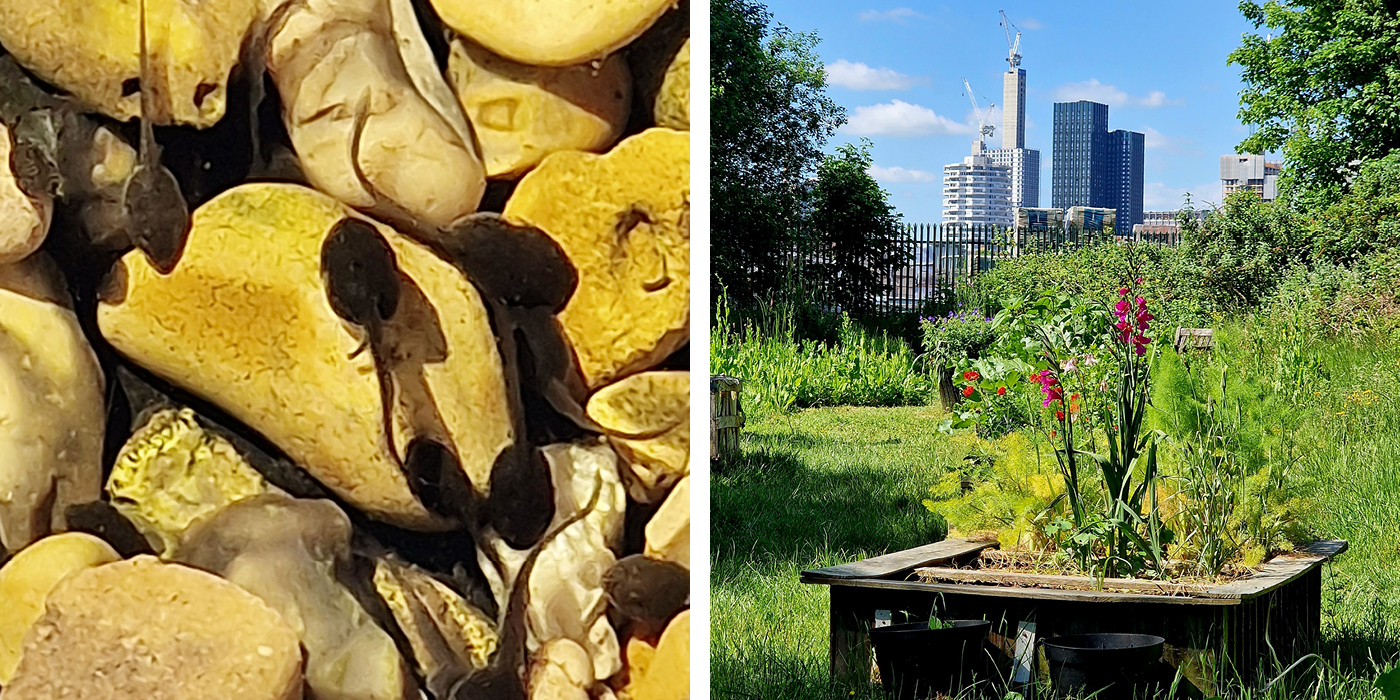
Turn left over the bridge, to cross the tramline again, and turn left down the station path, then, before you reach the platform, turn left again, down a flight of steps to the Railway Park. At the bottom of those steps, turn left, and you are on a path which is the old track bed – once the Addiscombe spur, leading to the old Addiscombe Station and depot. This is the site of Croydon’s most surprising park. It is a thin stretch of unused land which has been converted into a haven for wildlife and a wonderful place for walkers and runners. The path goes under the road bridge and is, of course, straight, and level. You reach the point where there was once a railway bridge over a path passing under the railway line. The bridge has been removed, and the railway path now dips into what is now an alternative park entrance. At this point some of the original levers for operating points have been located as a memory of its former use. On both sides of the old track, the line side shrubs and trees have been preserved and enhanced, providing a rich variety of wildflowers and spectacular clumps of giant horsetail – an ancient plant resembling a green toilet brush.
The Friends of the Railway Park are a very active local organisation who have worked tirelessly to enhance the original land and enrich the wildlife. As you walk along, on your left you come to an artificial pond which they have installed to create a haven for amphibians. In the spring and early summer, the pond was teaming with tadpoles, who were enjoying a perfect predator free environment. Further along the path, it broadens out to the area which was once the railway station and depot. This is the area where the Friends have put most of their efforts. On your left you will see an orchard which they have been planting. On your right is their allotment area. The allotment area is located on the old coal bunkers, where the land is heavily contaminated. Undeterred, the Friends have built a series of raised beds using old sleepers, so that plants can grow in clean soil. The beds are well tended and used to grow flowers and vegetables. The Friends are often seen working their mini plots and have open days when all can join in. A sign tells you the upcoming events of the “Friends of Addiscombe Railway Park”. For the remainder of 2022, this includes Apple Day on 17th September, a Halloween event on 29th October, promising fairy lights and dressing up and finally, an Orchard Wassail on 28 January 2023 which promises cider, song and Morris Dancers.
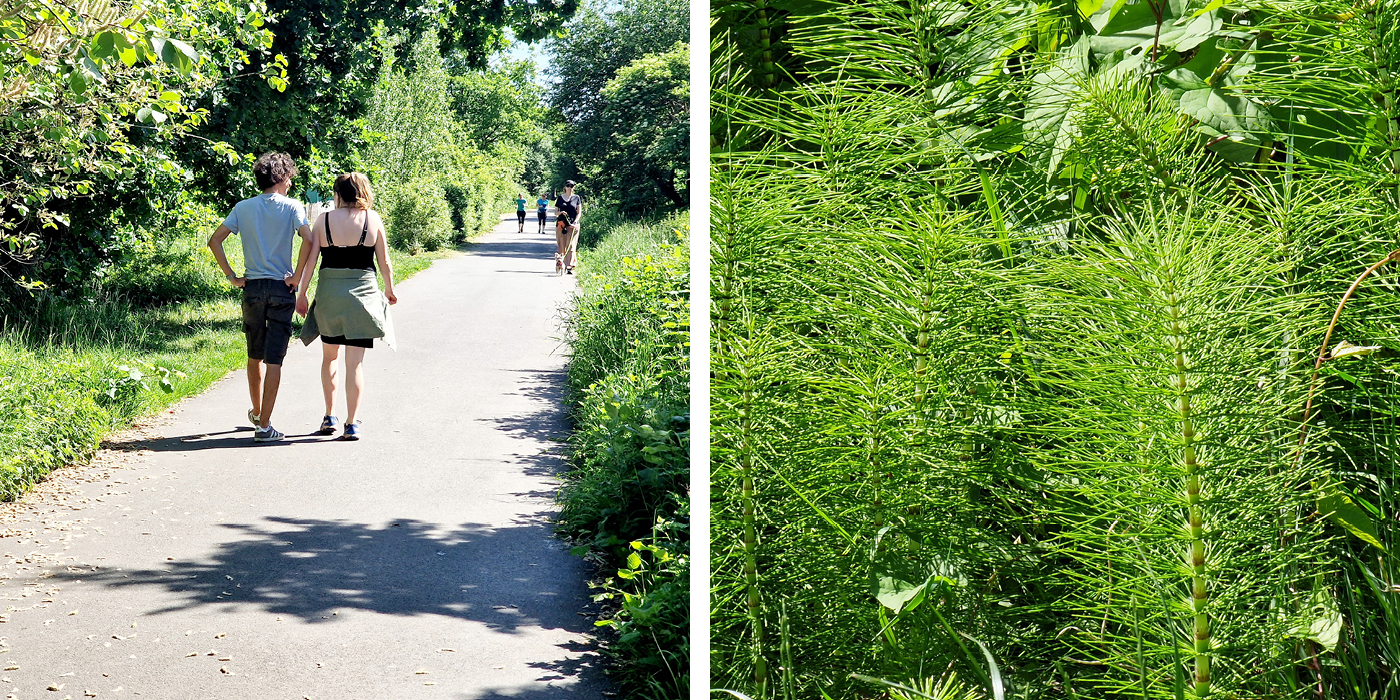
At the end of the park on an area of higher ground, the Friends have built a nature pond which has a wealth of pond plants with more frogs and newts and plenty of dragonflies and damselflies in the summer. It is such a beautiful sight to see this manufactured natural environment set against the concrete backdrop of the Croydon cityscape. However, perhaps the biggest tribute to the work of the Friends has been the wildlife which they have attracted to this strip of land in a Croydon suburb. I have visited several times and seen foxes in broad daylight on many occasions. In the spring I also witnessed a large flock of sparrows bathing in a puddle at the base of a tree which they had made their home. I really cannot praise too highly the efforts of the residents who make up the Friends of Addiscombe Railway Park. I was fortunate to meet and chat to one, who was tending his raised bed one afternoon. It was clear to me that such a small group of dedicated residents had created something wonderful for us all to enjoy.
The end of the park comes all too soon. You emerge from a short alleyway into East India Way. Take the first left down Storrington Road. At the end turn left down Grant Road. At the T junction turn right down Ingrid Road where you will shortly join the main Lower Addiscombe Road. Turn left, walk past a row of shops, and you arrive at the Level Crossing where your next tram crosses the road. The Addiscombe Tram stop is here, where frequent trams will take you back to East Croydon.
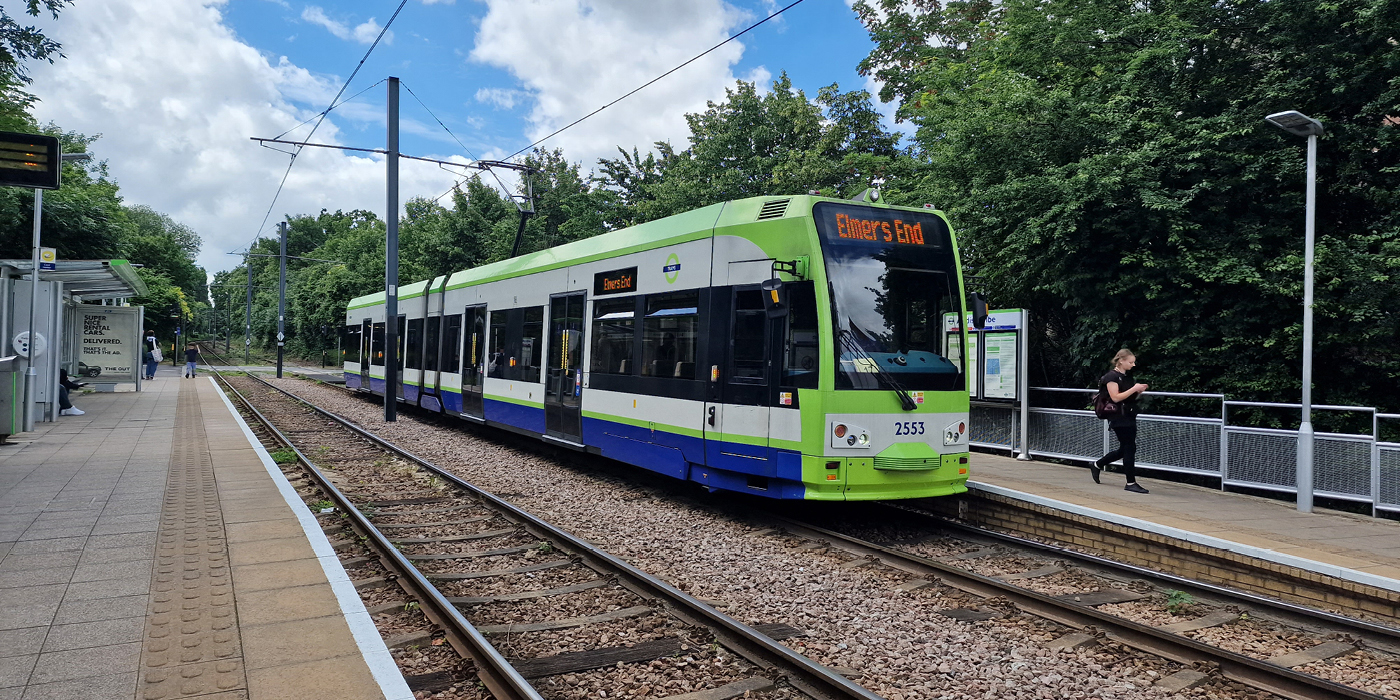
Posted by guest writer Peter Hall (all photos courtesy of Peter).
If you missed The Green Line Part 1, you can read it here.
If you missed The Green Line Part 2, you can read it here.
If you missed The Green Line Part 3, you can read it here.
If you missed The Green Line Part 4, you can read it here.
If you missed The Green Line Part 5, you can read it here.
Peter lives, works, walks, and often runs in Croydon – always with his camera – visiting green spaces and places with an interesting history. He is a keen Instagrammer who loves to give and receive comments on his peter_at_croydon account.
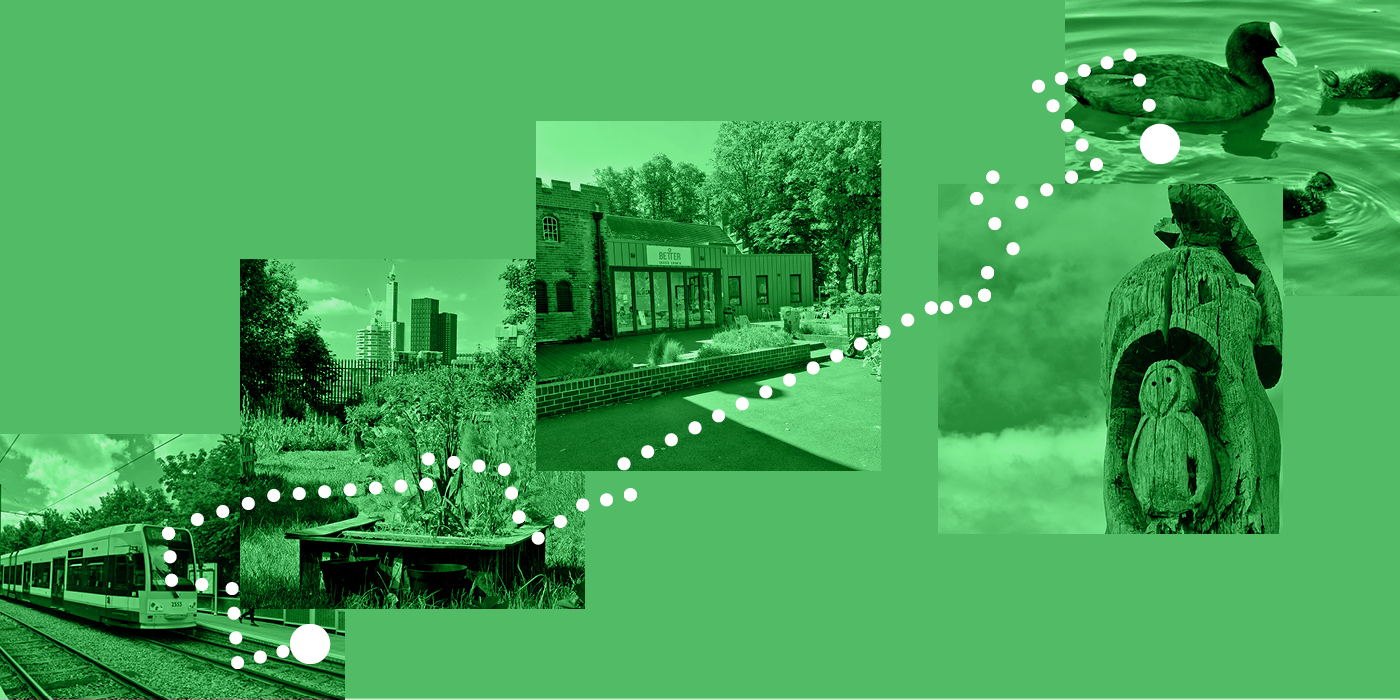


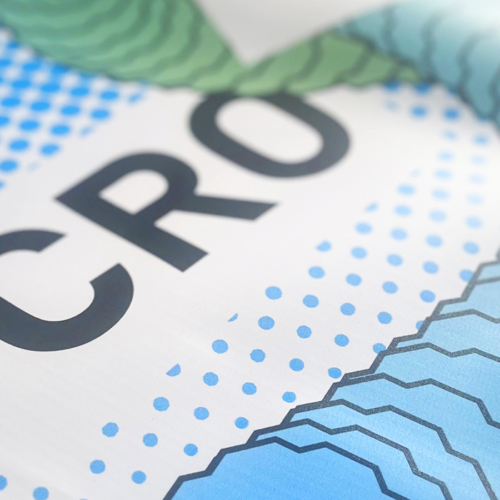


What a great article … Love the idea of a Green Line!